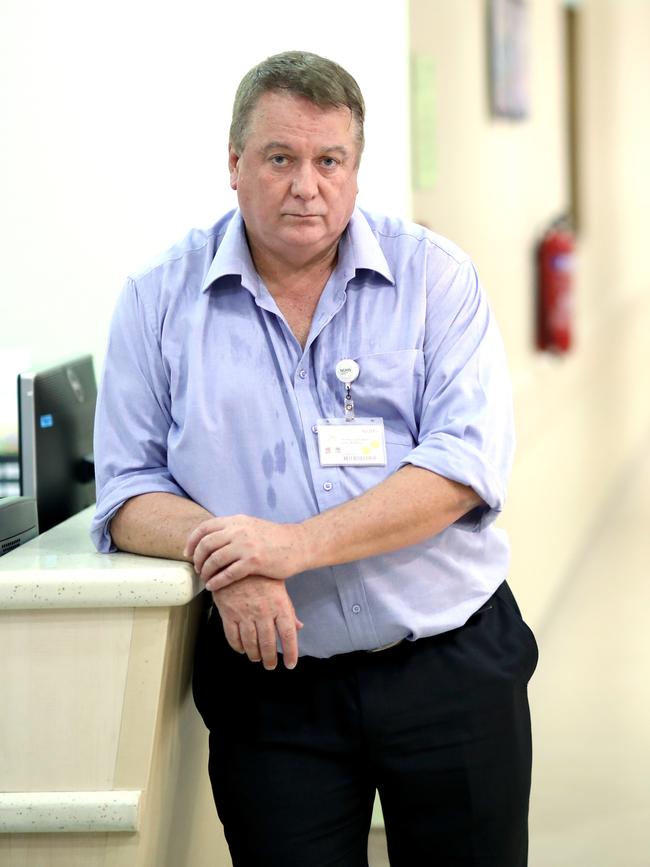Coronavirus: How to do away with lockdowns
The seeds of the now-recurring disaster in Europe versus the success in Asia were sown early.

It’s a study in contrasts. Europe is grappling with a second wave of COVID-19, with case numbers already triple those recorded at the peak of the first wave. But in Asian countries including Singapore, Japan and South Korea, the disease is largely contained and governments are preparing to ease restrictions and reopen borders.
The seeds of the disaster in Europe versus the success in Asia were sown early. In countries including Italy, France and Britain, governments locked down hard, brought cases down and then largely eased restrictions throughout their summer. But community transmission was never brought fully under control and, as lockdowns ended, cases rose.
In Asia, rigorous contact tracing, strict quarantine measures and widespread testing stamped out outbreaks when they arose, the groundwork carefully laid for a long-term strategy of containment.
Lacking a strong public health infrastructure — Germany is the exception — many countries in Europe are now left with little choice but to again lock down societies. It’s a strategy the World Health Organisation rejects as not feasible in the longer term. So what can be learned from Asia about how to prevent the virus from gaining control and avoiding ongoing lockdowns?
Australian professor Dale Fisher is the head of infectious disease at the National University Hospital in Singapore and chairman of the WHO’s Global Outbreak Alert and Response Network. He’s been at the forefront of community engagement as Singapore mobilised its formidable public health system to confront COVID-19.
“A lockdown is obviously a very, very blunt instrument,” says Fisher. “It’s not a primary public health response. A lockdown needs to be when you’re completely out of control, your health systems are overwhelmed, your hospital beds are full, the death rate is increasing because you’ve lost control.
“But really if in the first lockdown got you down to manageable numbers, then you should be able to run the outbreak response with contact tracing and quarantine, and that should be how it works. And that’s what you saw in Asia.

“But in Europe and the US, which by and large all went through lockdown, they didn’t use that lockdown period to get everything in place. So they might have ramped up testing, but did they strategise on the community engagement? Did they sort out their isolation and quarantine? If you don’t do that, then as soon as you open up and things are essentially the same, then the outcomes are the same. The cases build up again.”
The danger with reimposing lockdowns, Fisher says, is that the community will rebel. “That’s what you’re seeing in Europe, people are saying: ‘I did my bit, I locked down, I took a social hit, I didn’t see my mother for three months, my business had to close down, I paid my price.’ So when people say there’s COVID fatigue, I wonder if it’s mostly COVID anger, because people paid their price, and now governments want them to pay again.”
Singapore is preparing to open its borders, confident that when inevitable cases occur, it will be able to prevent wider spread of the virus. As well as a large capacity for manual contact tracing, public health teams are assisted by digital tracing in which virtually all movements of every citizen in Singapore are tracked. Every time they go into a supermarket, shop or restaurant, Singaporeans are required to scan a QR code. There’s universal mask wearing. No more than five people are allowed to dine out in a group, and large gatherings are banned.
When positive cases are diagnosed, the infected person enters isolation in a designated facility. Close contacts are allowed to stay at home but may be required to wear a tracking bracelet. There are severe penalties for any breaches of quarantine rules, which include six months in prison. “I can tell you, we’re much freer in Asia now because of these indictments,” Fisher says.
He says Singapore also knows “the hotspots where infections amplify: they’re prisons and hospitals and meat packing plants and nursing homes”.
He adds: “I’m not critical of Melbourne’s response, although I do think the lockdown seems to have gone on for too long. What I’d be critical of is the preparedness to protect these vulnerable places.
“Because if you take the clusters out of the meat packing plants and the restaurants and the prisons and the hospitals, you’ve suddenly got a lot less cases.
“And this is my question to the other states, because borders are going to open soon —
are you ready?’’




To join the conversation, please log in. Don't have an account? Register
Join the conversation, you are commenting as Logout